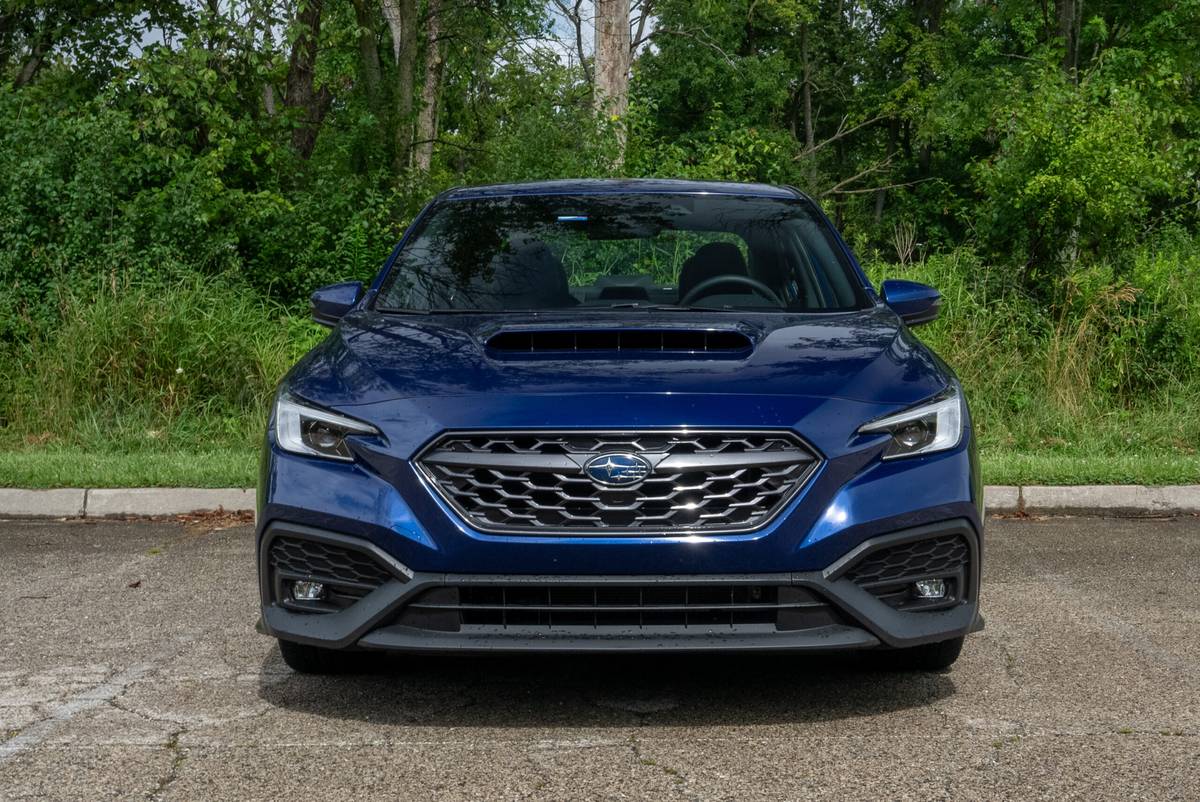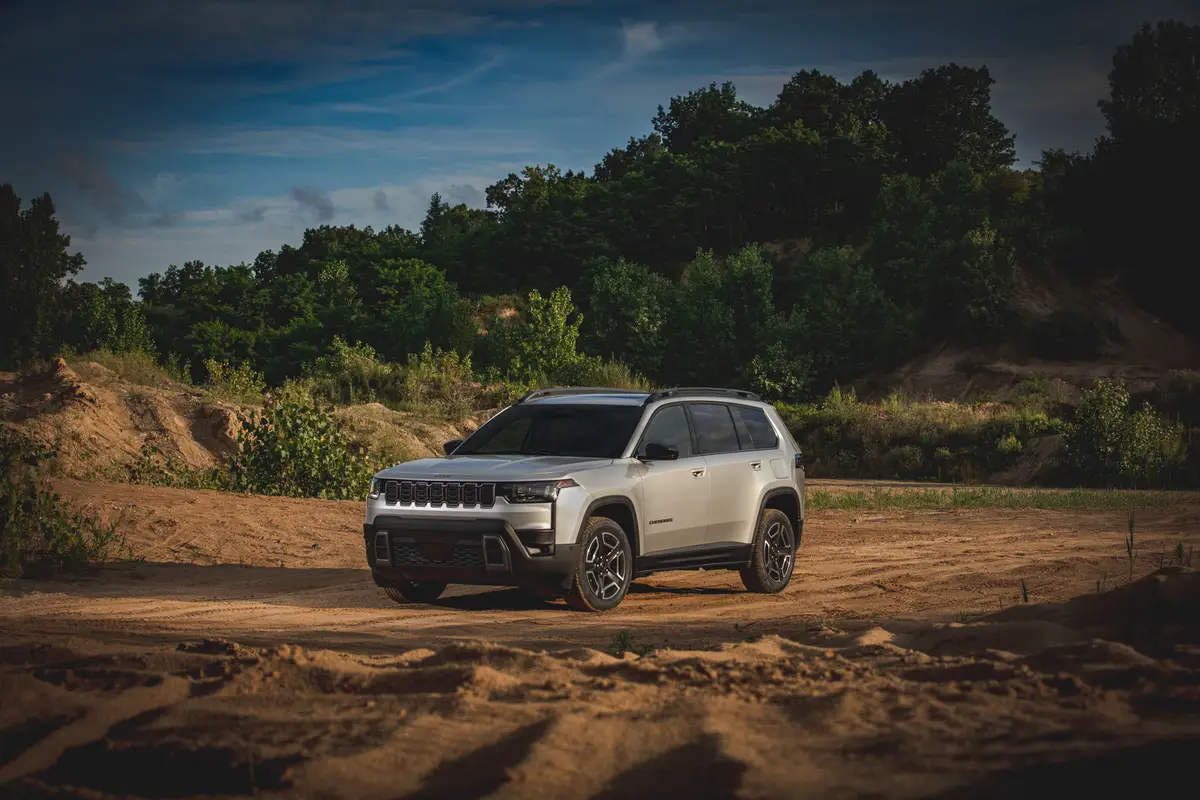washingtonpost.com's view
Things have returned to normal on America’s highways. The random acts of courtesy that followed the terrorist attacks on the World Trade Center and Pentagon are no more. They’ve been overrun by daily acts of rudeness that cause 40,000 U.S. traffic deaths annually.
That much became clear on a recent road trip. I was driving the 2002 Toyota Camry, the fifth and completely revised edition of the nation’s best-selling family car. I had the XLE version, a totally plush thing, complete with supple leather seats and a floating suspension system that could’ve been designed for Buick or Cadillac.
It was the perfect car for a long pleasure ride, assuming that fellow motorists remained affected by the cooperative spirit that flowered in the wake of the Sept. 11 massacres. They weren’t. Even vehicles flying the American flag were bullying their way into traffic and tailgating motorists in the slow lanes.
City and suburban streets were not immune. Drivers ran red lights, breezed past stop signs. The crazies gave the active safety systems of the Camry XLE a workout.
Active safety involves components that help avoid crashes. On the test car, those components included a standard four-wheel anti-lock brake system coupled with Toyota’s Electronic Brake Distribution module. Anti-lock brakes prevent the wheels from locking up and skidding during panic stops. Electronic Brake Distribution, using sensors, measures and distributes proper braking force to all four wheels. Combined with optional traction control, which helps reduce wheel slippage during acceleration, the active safety systems turned several potential hits into near misses in the Camry XLE.
The new Camry’s body also helped. Though longer and wider than its predecessor, it’s also more rigid. Greater structural rigidity improves vehicle handling. But Toyota compromised that gain in the Camry XLE by adding a pillowy suspension.
That is because the Camry XLE is aimed at older, more sedentary buyers who prefer a soft ride to one that is firm with crisp handling. So the test car dipped and yawed a bit during panic stops — a fault that wasn’t noticeable in the rival, harder-riding 2002 Nissan Altima 3.5 SE.
But Toyota officials say that criticism is unfair. They might have a point. They say their sporty Camry SE has a specially tuned chassis that delivers ride and handling equal to or better than the Altima’s. We’ll see.
Toyota has talked much about the “stronger, bolder styling” of the new Camry. But when it comes to family cars, “stronger, bolder styling” at Toyota is the difference between denim and polyester. Suffice it to say that the new Camry is less bland. It has a sportier front end, accented by a wide grille and cat-eyed headlamp housings covered by clear lenses. The new Camry’s rear looks much like the back end of the slightly more upscale Toyota Avalon.
Interior treatment is a work of gilded conservatism in which vinyl alternates with leather and wood grain to convey a feeling of wealth. Middle America will love it, which speaks to the point.
Toyota had no intention of getting wild with the new Camry. Why do that with a car that has been the best-selling family sedan in America for the past four years? Toyota thus went for acceptable pizazz — just enough sizzle to attract a few new buyers without doing anything to offend the Camry’s large and loyal following.
Latest news



